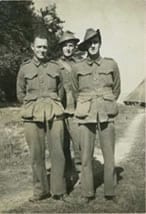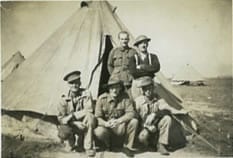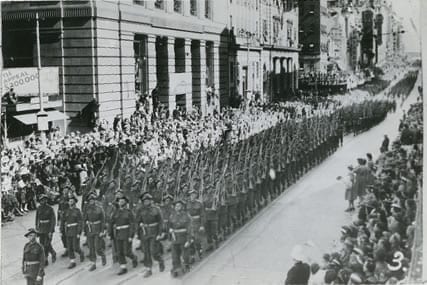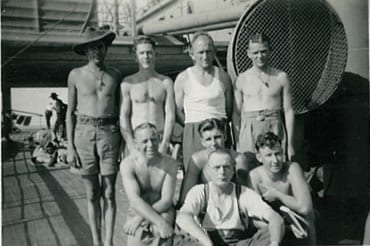
A number of Australian pilots flew in the Battle of Britain in August and September of 1940. Australian troops joined with allied forces to fight the enemy in the Mediterranean and North Africa. At the siege of Torbruk between April and August 1941, up to 14,000 Australians defended valiantly against repeated German attack.
The surprise attack by the Japanese on the American Naval Base at Pearl Harbour on Sunday the 7th December 1941 bought the United States into a War in the Pacific and by the end of 1942 the Japanese occupied most of south-east Asia.

The war in Europe ended on 8 May 1945 when Germany and the Axis powers surrendered unconditionally. Japan accepted unconditional surrender on the 14th August 1945 with the signing of the official surrender document on the Battleship USS Missouri in Tokyo Harbour on the 2nd September 1945.
20 Australians were awarded the Victoria Cross during the course of World War 2


